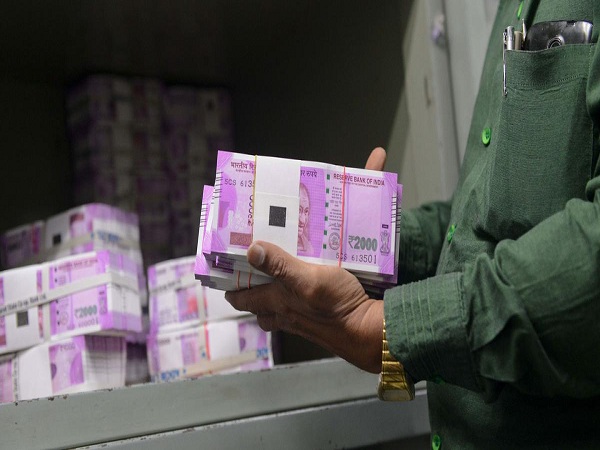5 Reasons Why VPF Is Still A Smart Bet For Retirement
[ad_1]
Read More/Less
Higher interest rate
VPF has the same interest rate as EPF, which the government determines every fiscal year. The Indian government announces the EPF/VPF interest rate every year, and it is subject to adjustment. The EPF interest rate is currently 8.5 percent. If compared to the other debt-saving instruments like 5-year bank FDs, Senior Citizen Savings Scheme, National Savings Certificate, Public Provident Fund and Pradhan Mantri Vaya Vandana Yojana (PMVVY), VPF provides you the highest interest rate along with tax benefits.

Exempt-Exempt-Exempt (EEE) tax structure
VPF contributions are subject to the same tax rules as EPF contributions. It follows the exempt-exempt-exempt (EEE) tax system. Investing in VPF allows taxpayers to deduct up to Rs 1,50,000 a year. Interest earned on a VPF along with withdrawals made after a period of 5 years are tax-free. This implies that investors don’t need to search for other tax-saving alternatives because VPF allows them to completely use their Section 80C exemption, which guarantees much better returns than any other government-backed scheme. However, the government has made interest on an employee’s contribution of more than Rs 2.5 lakh taxable in Budget 2021.

Flexible withdrawal option
It’s worth noting that VPF withdrawals made before completing five years of continuous service are taxable. In the case of an unexpected and immediate financial situation, the money in the VPF account can be withdrawn, according to certain restrictions. A depositor’s VPF balance can be withdrawn for a variety of purposes, namely medical emergencies, children’s higher education or marriage, the purchase/construction of a house or other residential plot, and the repayment of a home loan.

Shorter-lock in period
VPF is regarded as one of the best investment opportunities, primarily for those searching for long capital growth. Contributions to a VPF account have a 5-year maturity period, according to Voluntary Provident Fund withdrawal regulations. As a result, a person cannot withdraw funds from their Voluntary Provident Fund until the end of the 5-year period without incurring penalties. The withdrawal is tax-free, as long as it is not withdrawn before the 5-year maturity period.

Easy transfer of account
In case of job change, you can transfer your VPF funds the same way you transfer your EPF funds as both are linked to a unique number called UAN (Universal Account Number). When you switch your job and join a new company, your VPF is transferred along with your EPF account. You have the option of withdrawing the funds and closing the account, or continuing to invest in the VPF. Taxes will not be withheld from the withdrawn amount if the account is older than five years. If you want to keep investing, you can notify the current employer when you join.

Goodreturns take
VPF contributions are typically made for long-term financial goals, such as retirement. The Voluntary Provident Fund or VPF not only enables you to welcome EEE status into your portfolio but also allows you to save for your retirement. The interest rates are reasonable, and they are among the best across government-sponsored initiatives. VPF investment is fairly secure from market fluctuations since the interest rate is set by the government. Interest received on VPF funds is tax-free as well. Another significant benefit to the scheme is the tax break it provides. If the amount invested in your VPF is less than Rs1.5 lakh, you can claim a tax deduction. All types of provident funds such as Employee Provident Fund (EPF), Voluntary Provident Fund (VPF), and Public Provident Fund (PPF) are retirement plans for salaried employees who wish to save a portion of their salary to ensure their future. These long-term pension schemes assist investors in securing their financial security. As a result, the VPF is a tax-saving extension of the Employees Provident Fund (EPF) which allows you to plan your post-retirement days securely.
[ad_2]